Do you have a question about the Sharp Aquos LC-32LE600E and is the answer not in the manual?
Details of the front and rear views of the television set.
Lists all items included in the product packaging.
Instructions for securely attaching the TV stand unit.
Guide on how to insert batteries into the remote control unit.
Important precautions for operating the remote control unit.
Steps to prepare the TV and connect cables before turning it on.
Procedure for language, home/store, and country selection.
Initiating the automatic channel search process.
Instructions for antenna power and safe wall mounting of the TV.
Step-by-step guide for the automatic TV setup wizard.
Adjusting antenna alignment for optimal signal reception.
Instructions for powering the TV on, off, and standby modes.
Methods for selecting channels using numeric or navigation buttons.
How to switch between different input sources.
Choosing audio modes for DTV and ATV broadcasts.
Using the EPG to view schedules and tune to programmes.
Guide to using Teletext for information and viewing.
Connecting HDMI devices and utilizing AQUOS LINK features.
Connecting devices using component and composite video cables.
Connecting audio equipment and inserting the CI Module.
How to access and navigate the TV's main menu system.
Steps for selecting menus, adjusting settings, and confirming choices.
Adjusting dynamic contrast and automatic brightness control.
Fine-tuning brightness, contrast, colour, tint, and sharpness.
Adjusting sound quality parameters like treble, bass, and balance.
Selecting audio output types and accessibility features.
Settings for audio description, outputting audio only, and AQUOS LINK control.
Optimizing power consumption for picture brightness and lifespan.
Automated channel detection and setup for DTV/ATV.
Adding new channels or performing manual channel searches.
Renaming channels and skipping unwanted ones.
Organizing channel order and setting parental locks.
Protecting settings and restricting content based on age.
Configuring on-screen display language and subtitle preferences.
Adjusting the screen aspect ratio for different signals.
Displaying channel information and programme titles/times.
Customizing input source names and skipping unused inputs.
Restoring factory settings and checking TV identification.
Steps for connecting a PC via HDMI and analogue inputs.
Optimizing PC display using auto sync and fine tuning.
Specifications and procedures for controlling the TV via RS-232C.
Chart of compatible PC resolutions and RS-232C command list.
Solutions for issues like no power, no picture, or no sound.
Guidelines for operating the TV in various temperature conditions.
Details on software licenses, composition, and acknowledgements.
List of optional accessories available for purchase.
Power consumption, operating conditions, and brand trademarks.
Guidelines for proper disposal of the TV and batteries.
Child lock rating tables and list of common abbreviations used.
Details of the front and rear views of the television set.
Lists all items included in the product packaging.
Instructions for securely attaching the TV stand unit.
Guide on how to insert batteries into the remote control unit.
Important precautions for operating the remote control unit.
Steps to prepare the TV and connect cables before turning it on.
Procedure for language, home/store, and country selection.
Initiating the automatic channel search process.
Instructions for antenna power and safe wall mounting of the TV.
Step-by-step guide for the automatic TV setup wizard.
Adjusting antenna alignment for optimal signal reception.
Instructions for powering the TV on, off, and standby modes.
Methods for selecting channels using numeric or navigation buttons.
How to switch between different input sources.
Choosing audio modes for DTV and ATV broadcasts.
Using the EPG to view schedules and tune to programmes.
Guide to using Teletext for information and viewing.
Connecting HDMI devices and utilizing AQUOS LINK features.
Connecting devices using component and composite video cables.
Connecting audio equipment and inserting the CI Module.
How to access and navigate the TV's main menu system.
Steps for selecting menus, adjusting settings, and confirming choices.
Adjusting dynamic contrast and automatic brightness control.
Fine-tuning brightness, contrast, colour, tint, and sharpness.
Adjusting sound quality parameters like treble, bass, and balance.
Selecting audio output types and accessibility features.
Settings for audio description, outputting audio only, and AQUOS LINK control.
Optimizing power consumption for picture brightness and lifespan.
Automated channel detection and setup for DTV/ATV.
Adding new channels or performing manual channel searches.
Renaming channels and skipping unwanted ones.
Organizing channel order and setting parental locks.
Protecting settings and restricting content based on age.
Configuring on-screen display language and subtitle preferences.
Adjusting the screen aspect ratio for different signals.
Displaying channel information and programme titles/times.
Customizing input source names and skipping unused inputs.
Restoring factory settings and checking TV identification.
Steps for connecting a PC via HDMI and analogue inputs.
Optimizing PC display using auto sync and fine tuning.
Specifications and procedures for controlling the TV via RS-232C.
Chart of compatible PC resolutions and RS-232C command list.
Solutions for issues like no power, no picture, or no sound.
Guidelines for operating the TV in various temperature conditions.
Details on software licenses, composition, and acknowledgements.
List of optional accessories available for purchase.
Power consumption, operating conditions, and brand trademarks.
Guidelines for proper disposal of the TV and batteries.
Child lock rating tables and list of common abbreviations used.
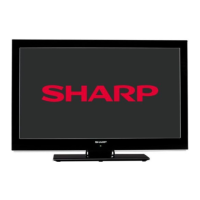
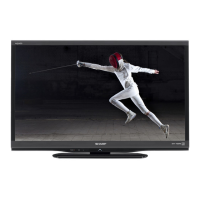
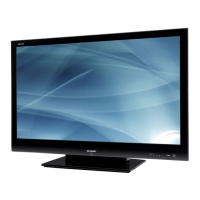
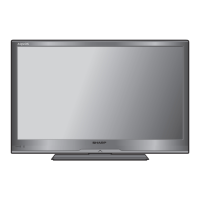

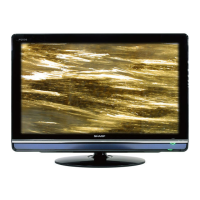
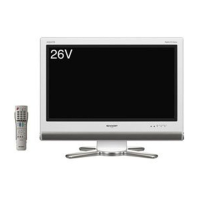
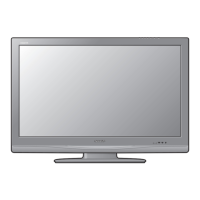
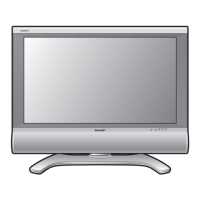
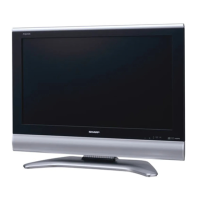
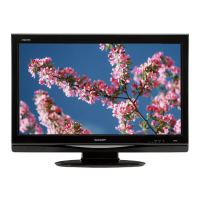
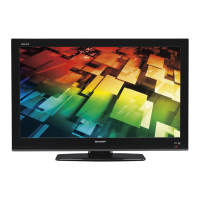
